Wind Erosion and Deposition Worksheets
Wind erosion and deposition worksheets provide a valuable resource for individuals interested in understanding the processes involved in shaping Earth's surface. With a focus on the entity of wind and the subjects of erosion and deposition, these worksheets offer a comprehensive approach to learning about the powerful forces at work in our environment.
Table of Images 👆
More Other Worksheets
Kindergarten Worksheet My RoomSpanish Verb Worksheets
Cooking Vocabulary Worksheet
DNA Code Worksheet
Meiosis Worksheet Answer Key
Art Handouts and Worksheets
7 Elements of Art Worksheets
All Amendment Worksheet
Symmetry Art Worksheets
Daily Meal Planning Worksheet
What is wind erosion?
Wind erosion is the process by which wind moves and transports soil and rock particles from one place to another, causing the gradual wearing away and reshaping of land surfaces. It typically occurs in arid and semi-arid regions where there is limited vegetation to anchor the soil in place, leading to the formation of features like sand dunes and barren landscapes.
How does wind erode rock and soil?
Wind erodes rock and soil through a process called abrasion, where particles carried by the wind collide with surfaces, wearing them down over time. This happens when the velocity and force of wind are strong enough to pick up and transport particles like sand and small rocks, which then act as natural sandblasting agents, smoothing and shaping the surfaces they come into contact with. Additionally, wind erosion can occur through deflation, where the lighter, smaller particles are lifted and carried away, leaving behind coarser materials and contributing to the process of erosion.
What are some common landforms created by wind erosion?
Some common landforms created by wind erosion include sand dunes, ventifacts (rocks and boulders shaped by wind-blown sediment), yardangs (long, narrow ridges carved by wind abrasion), and desert pavements (concentrations of pebbles and gravel left behind after finer materials are blown away).
How does wind deposition occur?
Wind deposition occurs when strong winds pick up and carry loose particles such as sand, silt, and clay, then deposit them when the wind slows down or encounters an obstacle. This type of deposition is common in areas with arid or semi-arid climates where there is a lack of vegetation to stabilize the soil. Wind deposition can result in the formation of features like sand dunes, loess deposits, and desert pavement.
What are some examples of landforms created by wind deposition?
Some examples of landforms created by wind deposition include sand dunes, loess hills, sand sheets, and desert pavement. Sand dunes are mounds of sand that form in deserts and coastal areas. Loess hills are deposits of wind-blown silt that accumulate in regions with strong winds. Sand sheets are extensive flat areas covered with sand, often found in arid regions. Desert pavement is a layer of closely packed gravel and pebbles that forms on the surface of desert plains due to wind removing finer particles.
How does wind affect the formation of sand dunes?
Wind plays a critical role in the formation of sand dunes by transporting loose particles of sand and depositing them in a specific location. As the wind blows across the surface, it lifts and carries sand particles, known as saltation, and when the wind speed decreases, these particles settle and accumulate in a particular area, forming dunes over time. The direction and strength of the wind determine the shape and movement of the dunes, as they are constantly shifting and evolving due to the dynamic nature of wind patterns.
How does the size of sediment particles affect wind erosion and deposition?
The size of sediment particles directly influences wind erosion and deposition. Finer particles, such as silt and clay, are more easily transported by wind due to their lighter weight and increased surface area, leading to greater erosion potential. In contrast, larger particles, like sand and gravel, are typically less susceptible to wind erosion and more prone to deposition, as they require stronger winds to lift and transport them. Consequently, the size of sediment particles plays a critical role in the dynamics of wind erosion and deposition processes in various environments.
What is deflation and how does it contribute to wind erosion?
Deflation is the process by which wind removes and transports loose particles of soil and sediment from the Earth's surface. It contributes to wind erosion by lowering the surface level of soil, making it easier for wind to pick up and transport particles. As wind blows across barren or low-vegetation areas, it carries the deflated particles with it, leading to the process of wind erosion.
How does vegetation play a role in preventing wind erosion?
Vegetation plays a crucial role in preventing wind erosion by acting as a natural barrier that slows down the movement of air particles, reducing wind speed and preventing the transport of soil particles. The roots of plants help bind the soil together, making it more resistant to being lifted and carried away by the wind. Additionally, the leaves and stems of plants provide physical protection to the soil surface, reducing its exposure to wind erosion. Overall, healthy and well-established vegetation cover can greatly minimize the impact of wind erosion by stabilizing soil and maintaining its integrity.
What are some human activities that can worsen wind erosion?
Some human activities that can worsen wind erosion include deforestation, overgrazing of grasslands by livestock, improper farming practices such as excessive tilling and removal of natural vegetation, construction of roads and buildings that disturb the natural landscape and create bare surfaces vulnerable to erosion, and mining activities that expose large areas of soil to wind erosion. Additionally, climate change can also exacerbate wind erosion by altering wind patterns and increasing the frequency and intensity of droughts, further destabilizing soil and making it more susceptible to erosion.
Have something to share?
Who is Worksheeto?
At Worksheeto, we are committed to delivering an extensive and varied portfolio of superior quality worksheets, designed to address the educational demands of students, educators, and parents.

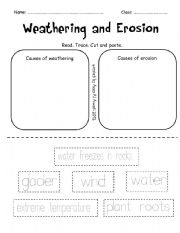



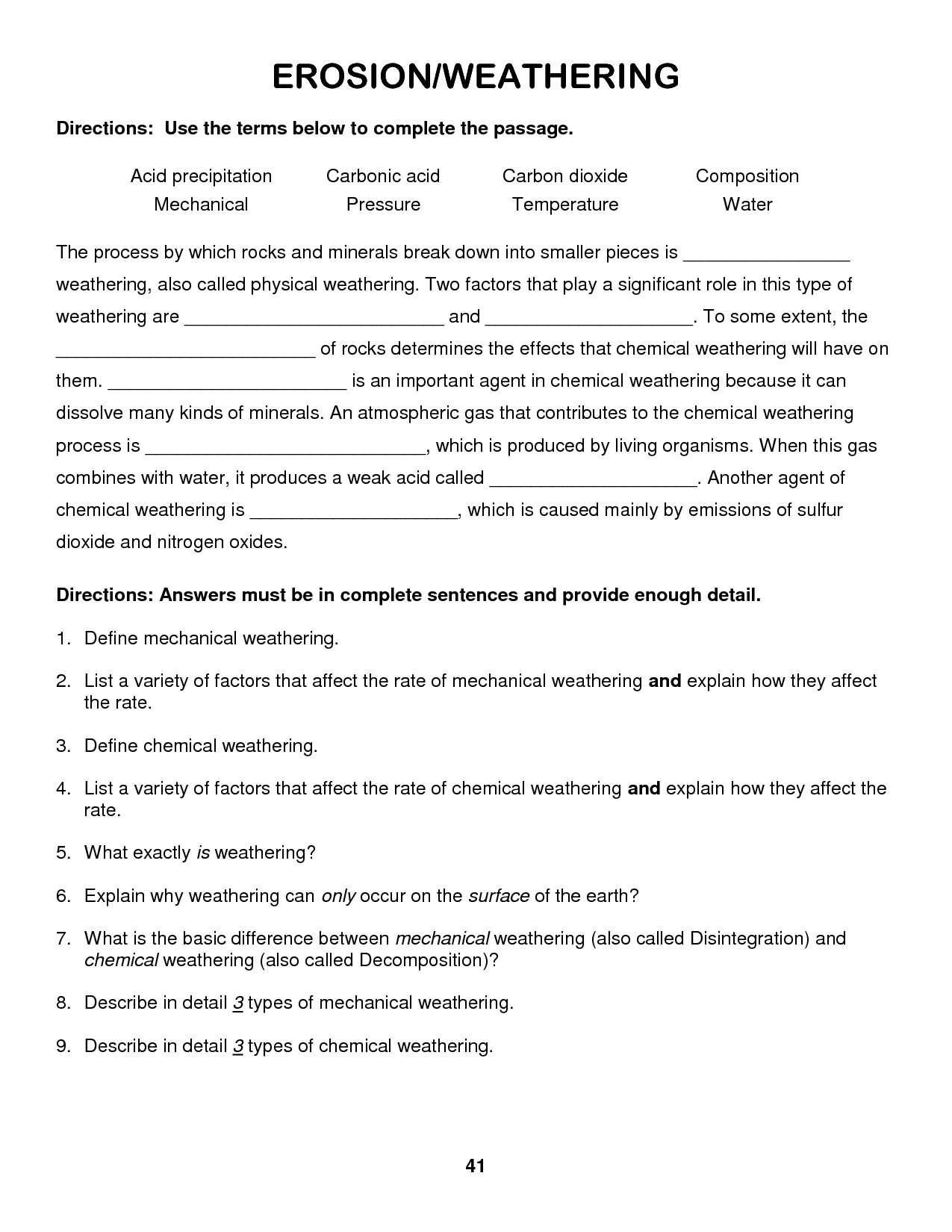
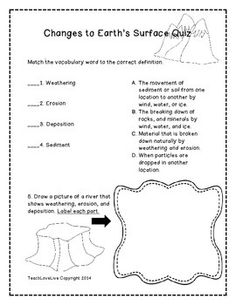
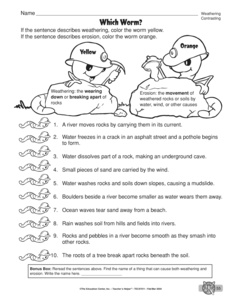
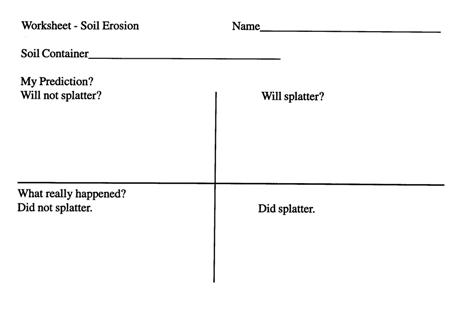

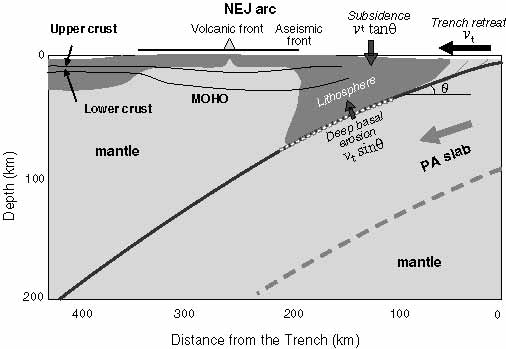
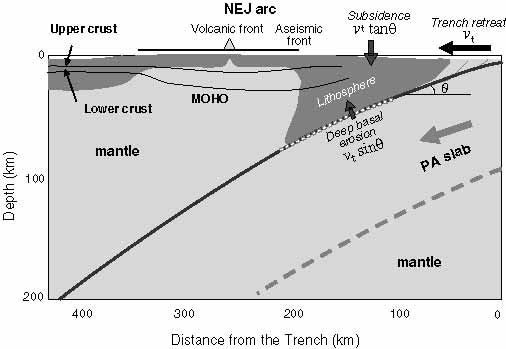
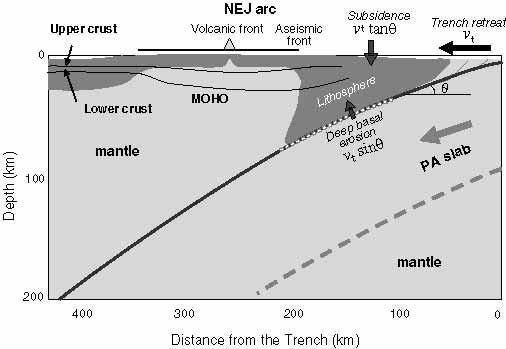
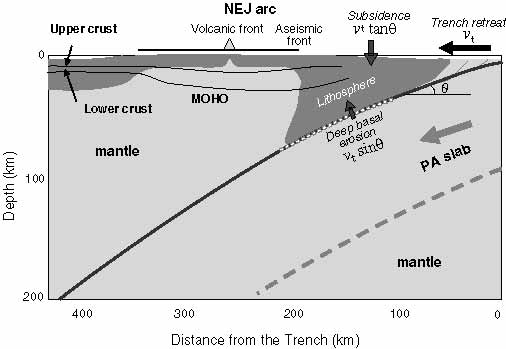
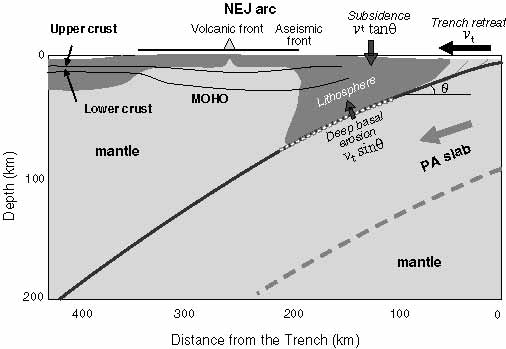
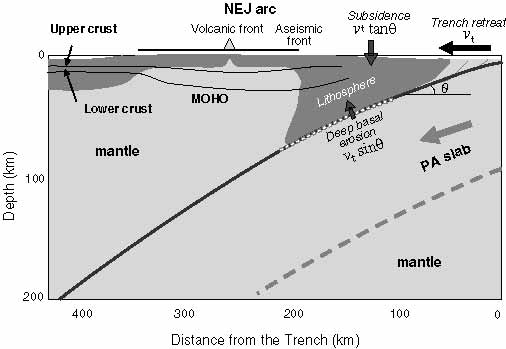
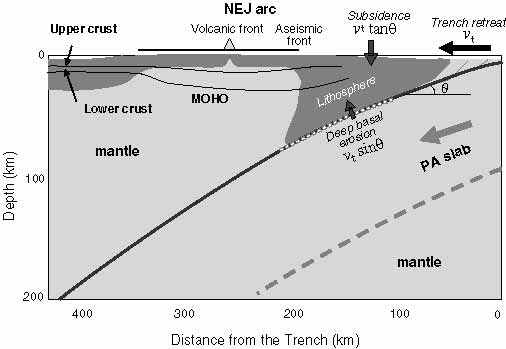
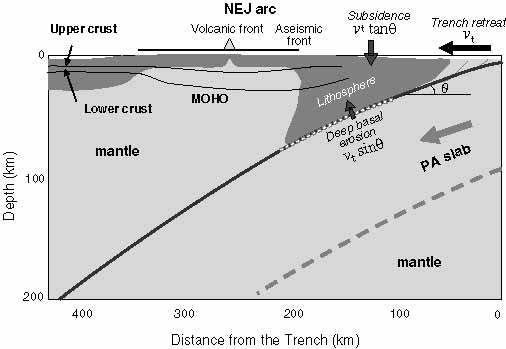
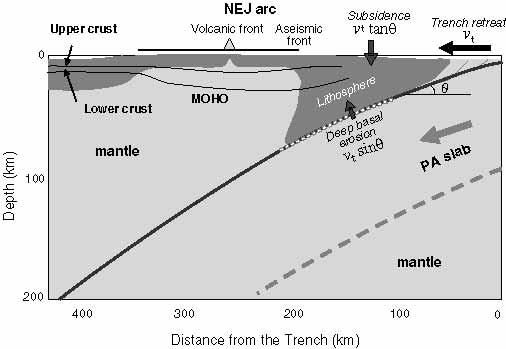
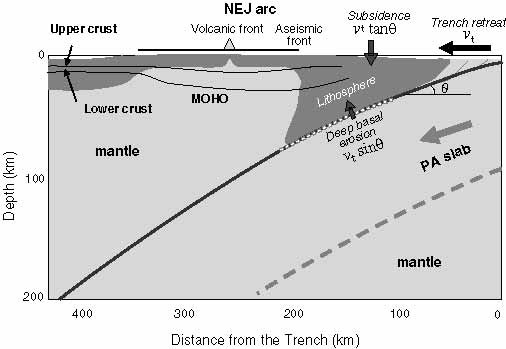
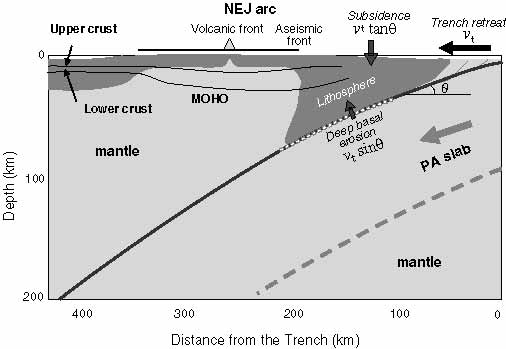
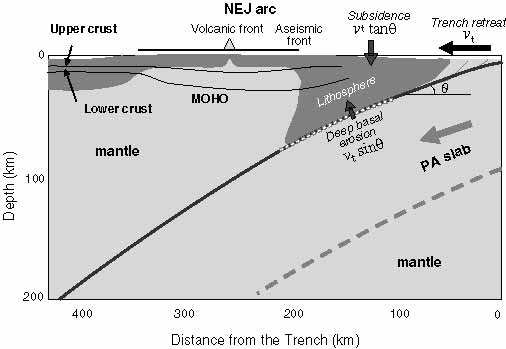
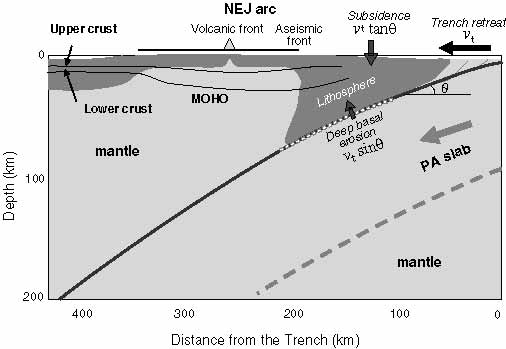














Comments